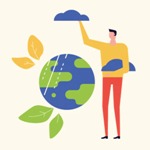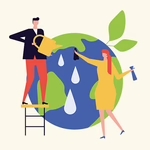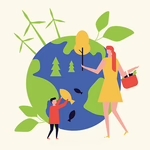Read next
Climate Change and the Carbon Cycle
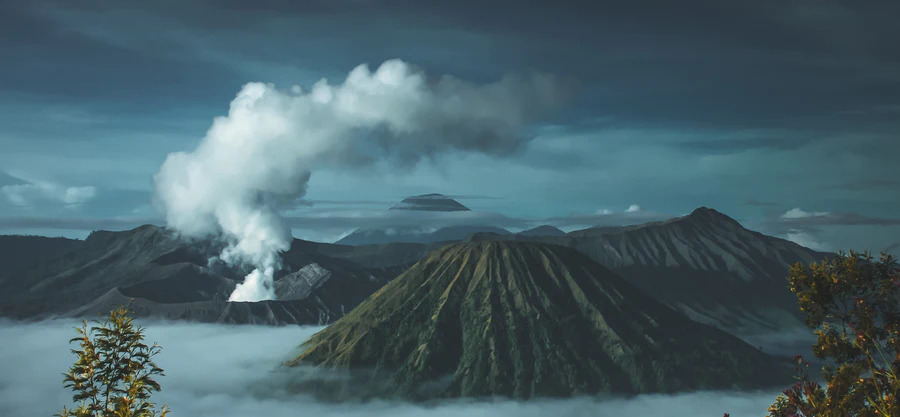
There’s a lot of talk going on about the devastating effects that carbon emissions are having on our planet. So how exactly does an excess of carbon dioxide (CO2) in the atmosphere cause climate change?
Well, firstly it’s important to understand the carbon cycle.
Carbon can be stored in the ocean, soil, rocks and air. It also forms the building blocks of life. Carbon cannot be created or destroyed, it can only be recycled. This natural cycle involves the rearrangement of carbon molecules as they move from the atmosphere to the Earth and back again - just as if the Earth were breathing.
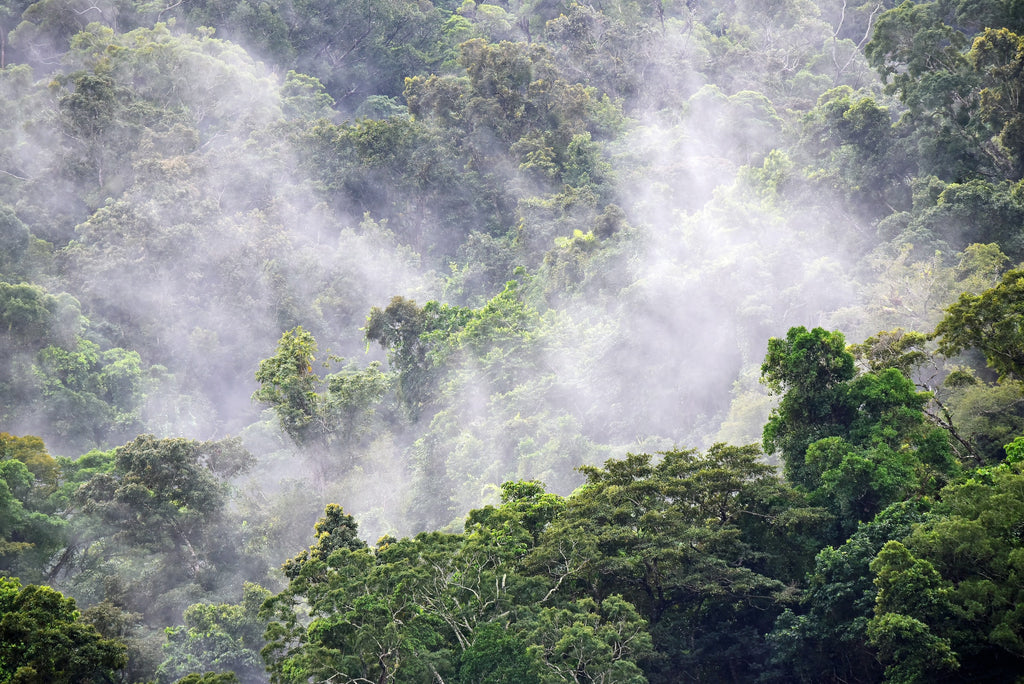
The carbon cycle can be broken down basically into two phases:
Phase One: Removal of CO2 from the atmosphere
CO2 is naturally removed from the atmosphere in a few different ways. One of these includes photosynthesis, whereby the green pigment known as chlorophyll in plants and phytoplankton captures energy from sunlight. This powers a chemical reaction which converts water and carbon dioxide into glucose, enabling the organism to grow and reproduce.
Phase Two: Release of CO2 into the atmosphere
Either directly or indirectly, many organisms obtain their energy from plants. CO2 is a by-product of the metabolic processes of these organisms, leading to the release or exhalation of CO2 into the air.
When plants and animals die and begin to decay, the carbon stored within the organism reenters the soil or ocean.
Volcanic eruptions also cause CO2 to be released into the air when gases are drawn to the Earth’s surface from deep within its mantle.
Without human interference, carbon oscillates between these two phases and the properties of the atmosphere are maintained, allowing for homeostasis on a planetary scale.
The release of CO2 into the atmosphere by human industrial processes is where problems arise for the climate. Excess CO2 entering the atmosphere by burning fossil fuels such as coal, oil and natural gases creates an imbalance in the distribution of carbon on Earth. Human industrial processes are causing far more carbon emissions to enter the atmosphere than what the Earth can inherently recycle. This excess CO2 traps heat in the atmosphere which results in climate change.
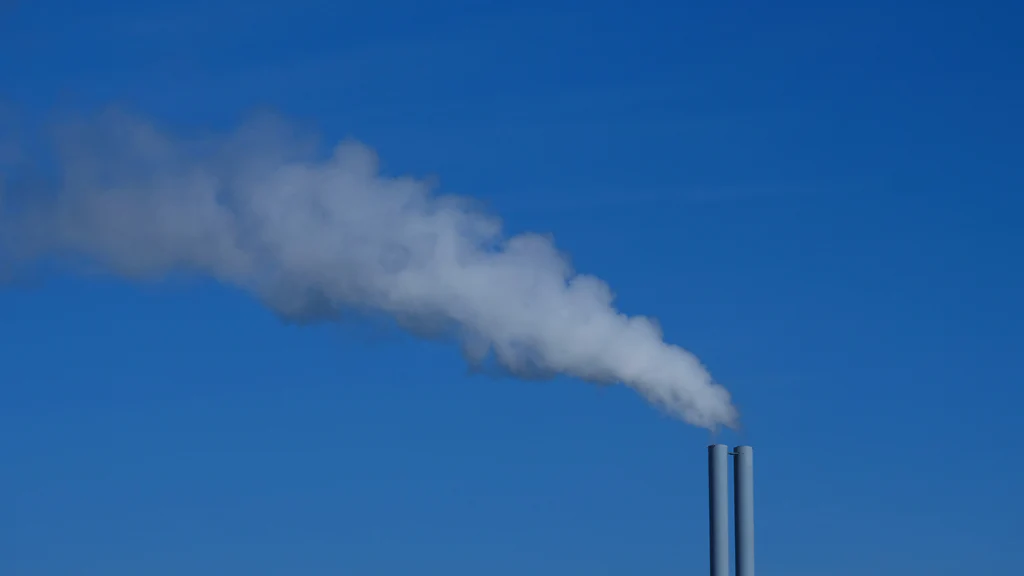
How this changing climate then affects Earth’s systems is still not entirely understood, but what scientists have discovered so far is grim.
The consequences are widespread. A warmer planet may cause carbon to break down faster in soil and be released at a higher rate into the atmosphere. Melting ice caps mean there is less ice on the planet’s surface to reflect excess heat off the Earth. Rising sea levels lead to the destruction of carbon sinks such as mangrove wetlands and permafrost tables, resulting in the release of even more greenhouse gases into the atmosphere. These processes are known as positive feedback loops, and they’re currently spiralling out of control.
The Earth’s natural cycling of carbon is not developed to cope with the large amounts of CO2 being released into the atmosphere by the burning of fossil fuels. Renewable energy sources such as solar and wind power are freely reproduced by natural ecological cycles with zero climate-harming by-products emitted in the process. In order for the atmosphere to maintain stable optimal conditions, humans must utilise renewable energy sources such as these that emulate the natural cycles on Earth.



